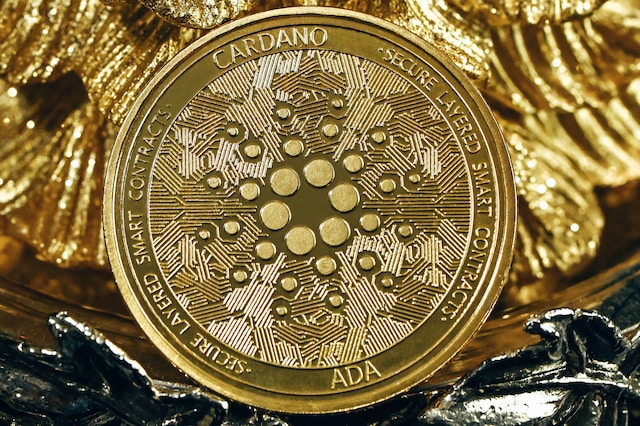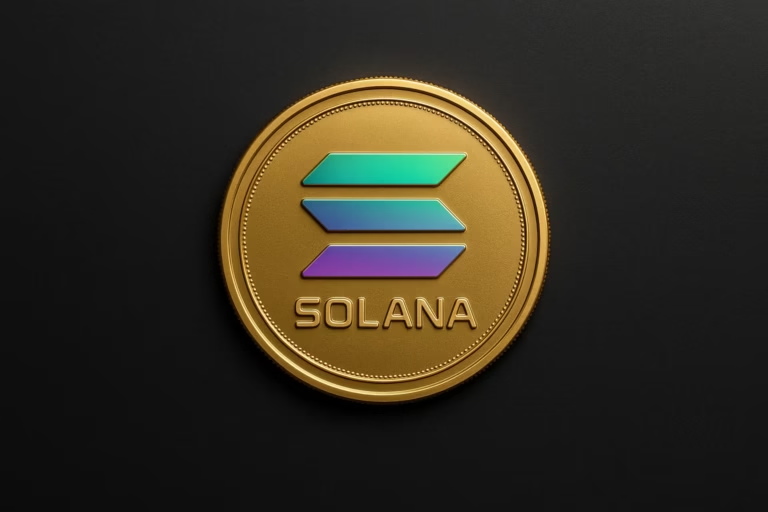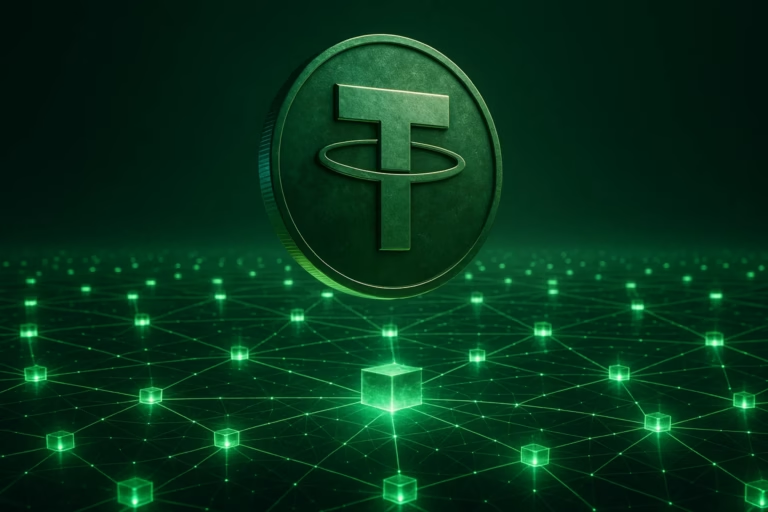
- Cardano Founder Charles Hoskinson highlights Hydra and Leios as crucial innovations for scaling a global financial operating system.
- These technologies aim to enhance transaction processing and efficiency, positioning Cardano to compete with traditional financial networks like Visa and Mastercard.
Cardano Founder Charles Hoskinson has spotlighted two innovative features on the Cardano blockchain, touting their potential to scale up a global financial Operating System (OS). In a recent discourse, Hoskinson highlighted the Cardano Hydra and Leios innovations as pivotal tools in the quest to build a robust and efficient global financial OS.
The Cardano Hydra and Leios Innovation
Hoskinson’s commentary was prompted by an earlier X post from Dedium, a Decentralized GPU Computing Network on Cardano. Dedium showcased a single block containing eight transactions for 1600 unique recipients, with the associated transaction fee coming in at just 5.16 ADA (approximately $2.38). This example underscores Cardano’s progress in achieving scalability, throughput, and low fees—an enduring challenge for blockchain networks.
In response, Hoskinson emphasized that Cardano’s goal is to exponentially grow its scalability and low-cost model. He pointed to Cardano Hydra and Leios as the key innovations driving this ambition. Cardano Hydra, a dominant scalability tool under development for several years, enables the bundling of transactions processed offline and synchronized online later. This approach aims to prevent network congestion and allows for a high volume of simultaneous transaction processing on the blockchain.
On the other hand, Cardano Ouroboros Leios is designed to enhance the network’s scalability and efficiency. By integrating Hydra and Leios, Hoskinson believes Cardano can establish a global-scale financial operating system.
The Layer-1 blockchain network, Cardano, has consistently led the Web3 world in development activity, with its GitHub commits surpassing those of Ethereum (ETH) and other rivals. However, despite its impressive development pace, Cardano is often compared to Solana (SOL), which is perceived as a faster protocol.
The ultimate goal for blockchain networks is to rival traditional financial giants like Visa and Mastercard in transaction speed and efficiency. While current blockchain Transaction Per Second (TPS) metrics still lag behind these legacy systems, Hoskinson’s optimism reflects a belief that the blockchain sector is edging closer to outperforming traditional payment networks.
Cardano’s advancements with Hydra and Leios signify a critical step toward this future. As these innovations mature, they promise to bolster Cardano’s position in the competitive blockchain landscape and bring the industry closer to realizing a comprehensive, global financial operating system.




